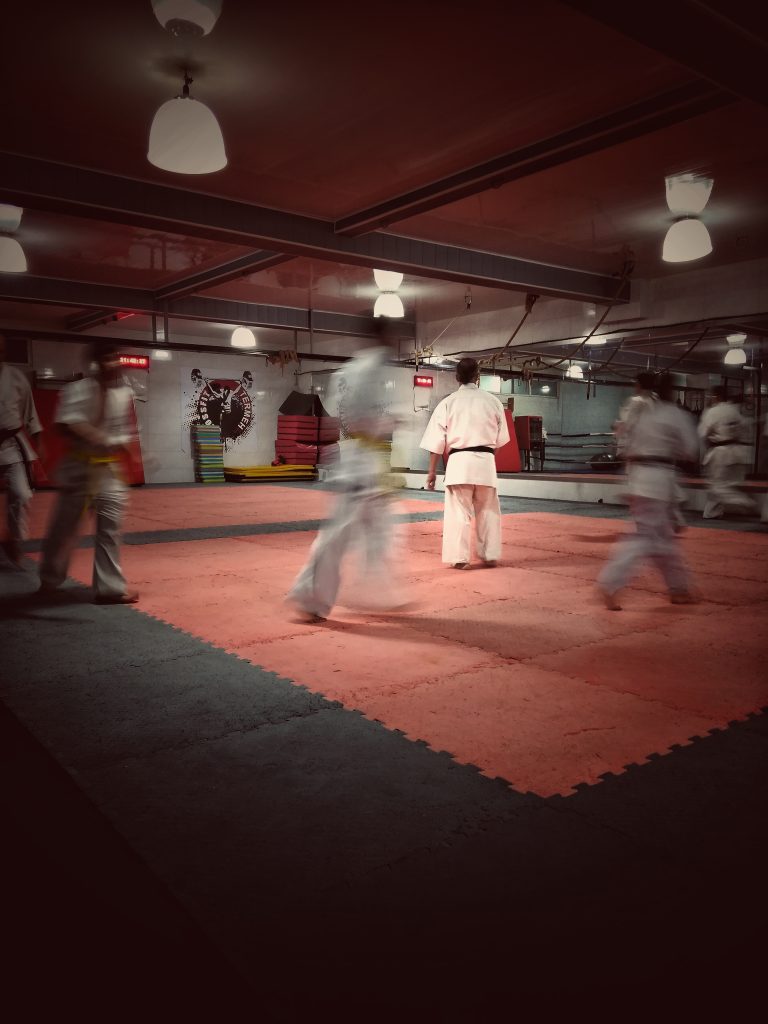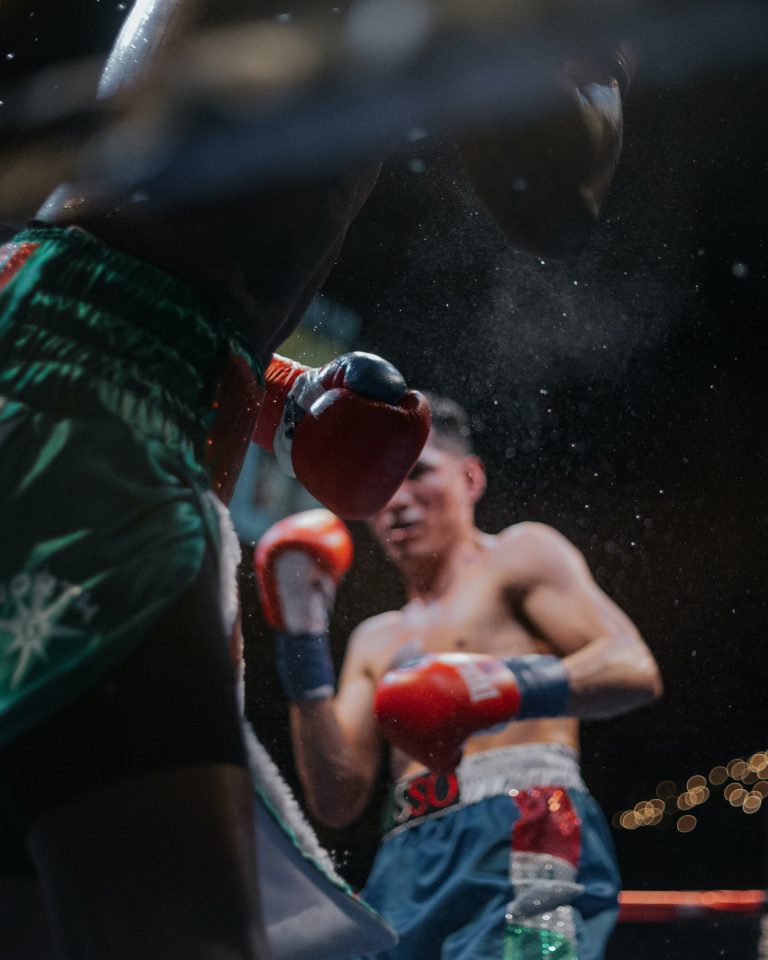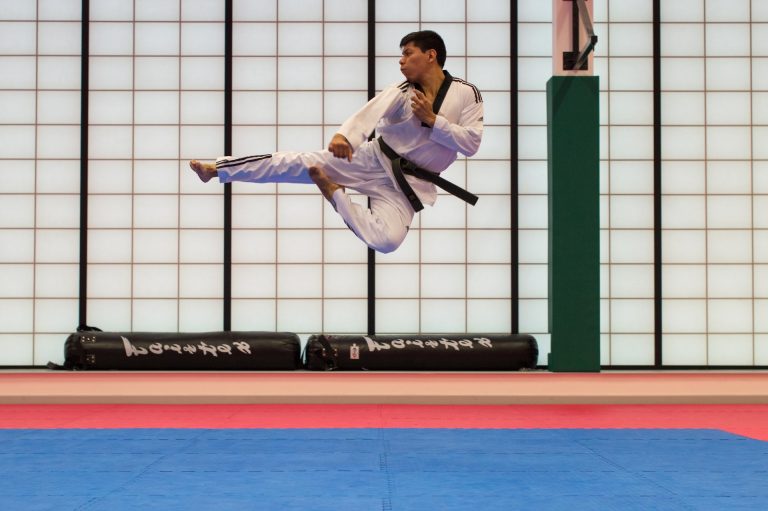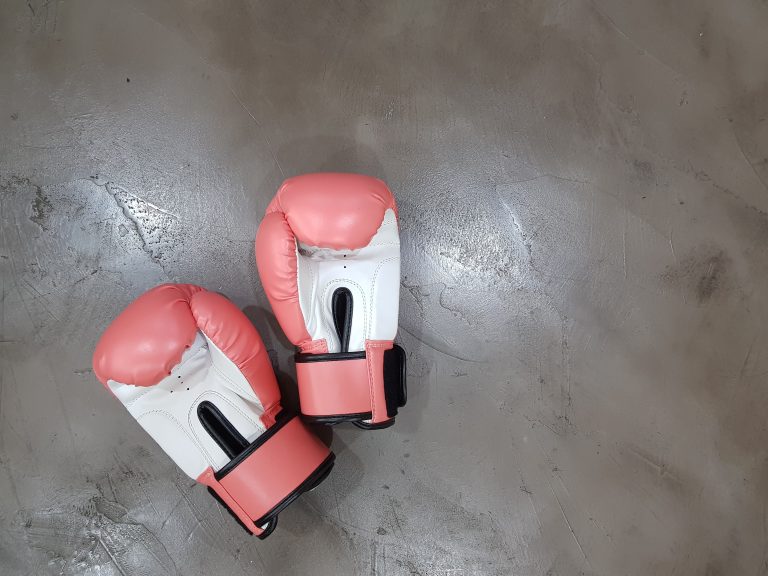What Does Karate Mean?
Karate is a well-known martial art form, originating from Okinawa, Japan. The word “karate” itself means “empty hand” in Japanese. Let us dig deeper into what this means and the history of this popular martial art.
The History of Karate
Karate finds its roots in Okinawa, Japan. During the 19th century, Okinawa was a separate kingdom with its unique cultural practices. At this time, methods of self-defense were essential, and the Okinawans developed their distinct fighting system.
In the early 20th century, the art of karate made its way out of Okinawa to mainland Japan. From here, karate spread throughout the world, evolving various styles and forms.
The Meaning of Karate
The Japanese term “karate” combines two characters, “kara” meaning “empty” and “te” meaning “hand.” Together, the term karate refers to “empty hand” or unarmed fighting.
In the context of karate, the “empty hand” means a martial art form that involves defending oneself without the use of weapons. Karate focuses on training techniques that one can use effectively in a real-life situation, whether it is defending oneself against an attacker or delivering a deadly blow against an opponent.
The Philosophy of Karate
Karate is not only a physical discipline but also has a philosophical aspect to it. The practice of karate involves developing a sense of self-awareness, discipline, patience, and respect for oneself and others. By studying karate, one not only learns self-defense techniques but also develops a positive attitude to life.
The philosophy of karate goes beyond the training hall; it emphasizes the importance of treating others with respect, humility, and kindness. These principles are at the core of the practice of karate, of which the physical aspect represents just one part.
The Different Styles of Karate
Over the years, karate has evolved into various styles, and each has its unique characteristics. However, most karate styles have a common history and employ the same fundamental techniques.
Some of the most well-known styles of karate include:
- Shotokan
- Goju-ryu
- Shito-ryu
- Wado-ryu
- Chito-ryu
Each style emphasizes different aspects of karate, such as the use of the body and techniques, but they all share the same philosophy.
The Benefits of Practicing Karate
Apart from the obvious physical benefits, such as increased strength and stamina, the practice of karate has other advantages. Here are some of the benefits of practicing karate:
- Improved focus and concentration
- Increased self-awareness
- Development of self-discipline
- Improved confidence and self-esteem
- Contributes to overall health and well-being
- Effective self-defense technique
What Does Karate Mean?
Introduction
Karate is a popular martial art that originated in Okinawa, Japan. The word „Karate“ is a combination of two Japanese words, „Kara“ which means „empty“ and „te“ meaning „hand“. Therefore, Karate generally means „empty hand“.
Karate has a rich history that spans over centuries and is widely practiced all over the world today. In this blog post, we’ll delve into some of the frequently asked questions on the topic.
What are the origins of Karate?
Karate originated in the Ryukyu Kingdom, which is present-day Okinawa, Japan. The martial art was developed over centuries by combining techniques from Chinese martial arts such as Kung Fu and the traditional martial arts of Okinawa. Karate was initially practiced in secret by Okinawan peasants and was later introduced to Japan in the 20th century.
What is the philosophy behind Karate?
One of the central tenets of Karate is building an unbreakable spirit or „kokoro.“ Karate practitioners believe that through strict training and dedication, they can overcome any obstacle that they may face in life. They also learn to apply this same spirit to all aspects of their lives.
Another key philosophy behind Karate is the practice of mutual respect or „rei.“ Karate is not just about fighting; it’s about developing self-discipline and respect towards oneself and others.
What are the benefits of practicing Karate?
Karate has numerous physical and mental benefits. Physically, it improves strength, flexibility, balance, and endurance. It also develops speed, coordination, and reflexes.
Mentally, Karate builds self-confidence, discipline, and focus. It also teaches practitioners self-defense skills and helps them develop a sense of awareness in potentially dangerous situations.
What are the different styles of Karate?
There are numerous styles of Karate that have emerged over time. Some of the most popular styles include Shotokan, Goju-ryu, Wado-ryu, Shito-ryu, and Kyokushin.
Each style has its unique characteristics and techniques, but they all share the same central philosophy of building an unbreakable spirit and mutual respect.
What do Karate practitioners wear?
Karate practitioners commonly wear a white uniform called a „Gi.“ The Gi consists of a jacket and pants and is typically made of cotton or a cotton-polyester blend. The Gi also features a belt system that denotes a practitioner’s rank, with white being the lowest and black being the highest.
How to Learn and Practice Karate
Karate is an ancient martial art that has been practiced for centuries. It originated in Okinawa, Japan, and is now practiced all over the world. Karate means „empty hand“ in Japanese and is a form of self-defense that involves striking and kicking techniques. If you want to learn and practice karate, here is a step-by-step guide on how to get started.
Step 1: Find a Karate Class Near You
The first step towards learning and practicing karate is to find a class near you. You can search online for local karate classes or ask for recommendations from friends or family members who practice karate. When researching classes, consider factors such as the instructor’s experience and qualifications, class schedule and location, and the size and skill level of the class.
Step 2: Get the Right Gear
Before you start practicing karate, you’ll need to get the right gear. The most important piece of equipment is the karate gi, which is the traditional uniform worn during training and competitions. You’ll also need a belt to indicate your rank, as well as gloves, shin guards, and a mouthguard to protect yourself during sparring.
Step 3: Learn the Basics
Once you’ve found a class and have the right gear, it’s time to start learning the basics. In karate, you’ll start by learning the basic strikes, such as punches, kicks, and blocks. You’ll also learn stances and footwork, which are important for balance and mobility.
Step 4: Practice, Practice, Practice
Like any skill, learning and practicing karate takes time and dedication. You’ll need to attend classes regularly, practice at home, and be patient with yourself as you learn new techniques. Over time, you’ll improve your strength, flexibility, and coordination, as well as your technique and accuracy.
Step 5: Test Your Skills
As you progress in karate, you’ll have the opportunity to test your skills and advance through the ranks. Testing typically involves demonstrating your knowledge of techniques and performing sparring matches against other students or instructors. As you advance through the ranks, you’ll earn different colored belts that signify your level of skill and knowledge.
Step 6: Keep Learning
Even as you advance through the ranks of karate, there is always more to learn. You can continue to refine your technique, learn new techniques, and explore different styles of karate. You can also take advanced classes, attend workshops and seminars, and even compete in tournaments.
Conclusion
Karate is a challenging and rewarding martial art that requires dedication, discipline, and patience. By following these steps and committing yourself to learning and practicing karate, you can become a skilled and confident practitioner of this ancient art. So find a class near you, get the right gear, and start your journey towards mastering the art of karate.
Inhaltsverzeichnis






